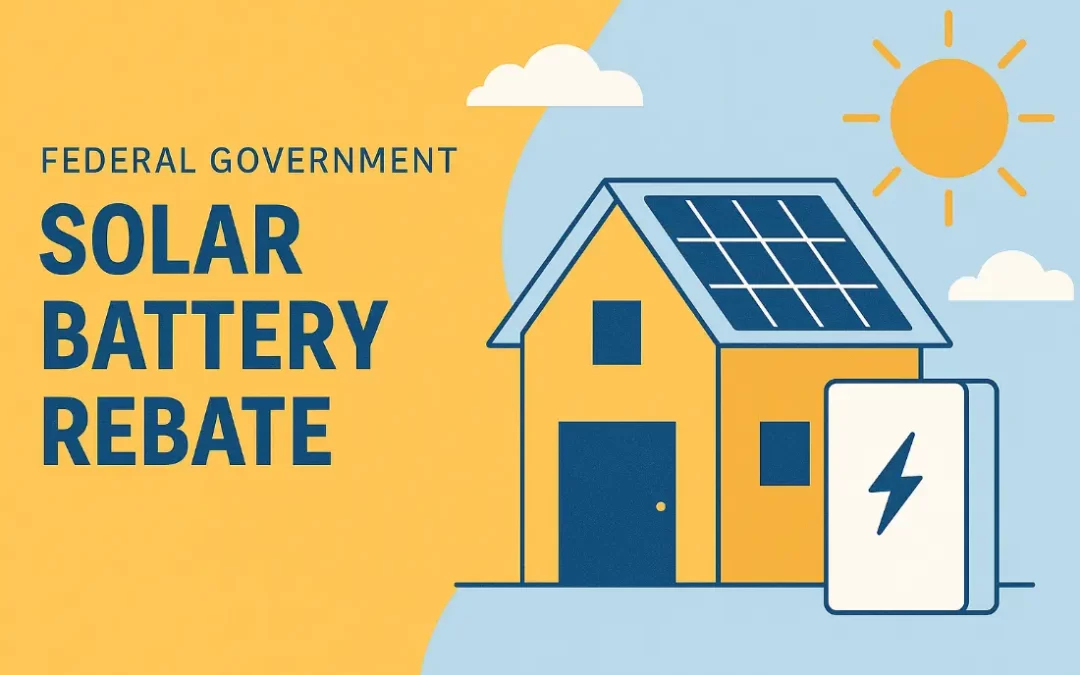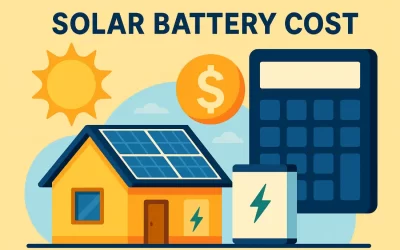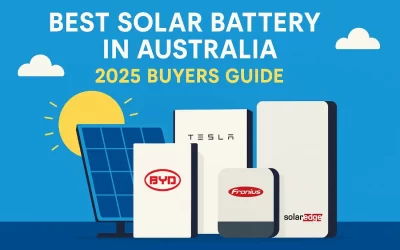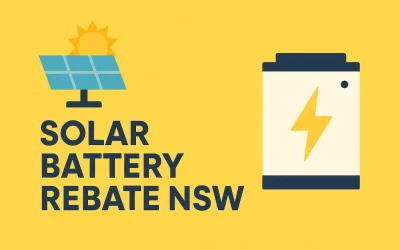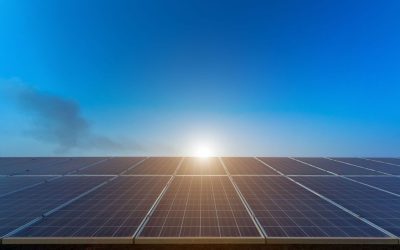Federal Government Solar Battery Rebate
Big changes are coming to the solar battery scene in Australia. The Federal Government has announced a nationwide Home Battery Rebate program, set to begin on 1 July 2025, that could make home batteries much more affordable for everyday Aussies. Here’s what we know about the program and what it means for Sydney homeowners.
“Cheaper Home Batteries” Program: The Basics
The federal initiative (often referred to as the Cheaper Home Batteries Program) will provide an upfront discount of around 30% off the cost of installing an eligible home battery system. Importantly, this isn’t a cash-back or tax rebate you claim later. It’s delivered similarly to how the solar panel STC rebate works, meaning you get the saving applied upfront by the installer, who then handles the certificates/credits on the back end.
The rebate value is tied to the battery’s capacity. Specifically, the government is expanding the existing Small-scale Renewable Energy Scheme (SRES) to include batteries. Under the SRES, systems earn certificates (STCs) based on their energy output/capacity, and those can be traded for cash. For batteries, it’s expected to equate to roughly $300 – $370 per kWh of usable battery capacity in 2025 (the exact $ per kWh can fluctuate with certificate prices). There will likely be a cap of 50 kWh per property, which is more than enough for virtually all homes (that cap is really to prevent, say, a warehouse or factory claiming a “home” rebate on an 100 kWh system).
In plain English: If you installed a 10 kWh battery, you might get around $3,000+ off; if you installed a 5 kWh, maybe around $1,500+ off, etc. These are ballpark figures, we’ll know the precise formula once the program is fully live, but that’s the order of magnitude.
Eligibility Conditions
- New or Existing Solar: Your battery must be connected to a solar PV system (either one that’s already on your roof or a new one installed alongside the battery). The idea is to encourage storing renewable energy, not just charging from the grid.
- VPP-Ready: The battery system likely needs to be “VPP-capable”. This means it has the smarts to participate in a Virtual Power Plant program. Practically all modern batteries (Tesla, BYD, Alpha, etc.) qualify – they have internet connectivity and can be controlled remotely. You don’t necessarily have to join a VPP, but the battery should have the capability. This ensures the government’s investment could help the grid if owners opt in.
- Accredited Installers and Products: Just like solar rebates, you’ll need to use Clean Energy Council accredited solar battery installers (don’t worry, we are) and CEC-approved products. Again, most reputable brands of batteries are already approved like Tesla, LG, BYD, etc. – so this isn’t a limiting factor for most people.
- Residential, Business & Community: The program isn’t just for homes, it extends to small businesses and community buildings too. And it’s not means-tested (no income restrictions). The goal is broad adoption.
Those are the main points. Essentially, if you’re a normal homeowner with solar panels, you’ll qualify. You’d get the rebate whether you’re adding a battery to existing solar or putting in a whole new solar + battery system.
How Much Will It Save Me?
Let’s consider an example: Say you’re installing a 13.5 kWh Tesla Powerwall 3 (just to pick a popular battery). At roughly $15,000 installed cost currently, a 30% rebate could knock about $4,000 – $5,000 off that price. That’s huge! Suddenly that Powerwall might effectively cost ~$10k or less. If you were eyeing a smaller battery in the ~5 kWh range that costs, say, $6,000 installed, 30% off would save you around $1,800, bringing it down to ~$4,200. These kinds of savings will shorten the payback time of batteries by a number of years.
The government estimates most households will save $300 – $400 per year on bills thanks to a battery (that’s on top of solar savings). If the battery lasts 10+ years, that’s a few grand in bill savings, plus whatever value you place on backup power, etc. With the rebate cutting the upfront cost, the math starts to look quite favourable, especially for larger families who use a lot of power in the mornings and evenings.
Another neat aspect: because the federal rebate is via the STC system, it will decline slightly each year (as STCs do) until 2030. So the earliest adopters (2025) get the biggest rebate per kWh, and it tapers down over time. That provides a little encouragement to not wait too long. The rebate is highest in 2025 and gradually reduces by about 7% per year in line with the existing SRES reduction schedule. By 2030 it phases out (as it’s expected battery prices by then will be much lower and more people will have them).
Stacking with NSW Incentives
A big question for us in Sydney: can you claim both the NSW discount and the federal rebate? As of now, it appears yes, potentially you can. The NSW battery program (PDRS) is separate and simply gives you a lower quote via a solar battery installer. The federal program will give installers the ability to create STCs for batteries just like they do for panels, thereby reducing your cost. Early indications are that there’s no prohibition on using state and federal incentives together. We’re awaiting final official guidance, but if they do stack, that’s a double win – it could knock, say, $3k off from NSW and another $3k off from federal on a big battery, really bringing the cost of solar batteries down significantly.
Either way, we will be on top of it. By the time the federal scheme starts, we’ll know exactly how to handle the paperwork so you get all eligible rebates/discounts applied seamlessly.
In summary, the federal battery rebate is a game-changer. It signals that home batteries are moving from a niche, early-adopter product to a mainstream home appliance over the next few years. The government wants more stored solar in the grid to help smooth out energy supply, and they’re literally putting money on the table to make it happen.
Curious about the battery rebate and what you could save? We’re happy to give you a run-down based on your situation. If you’ve been holding off on a battery due to cost, mid-2025 might be your golden moment. As always, Solar Repair Sydney offer obligation free quotes and can incorporate the projected federal rebate and any NSW incentive into the pricing so you see your true out-of-pocket cost. Let’s make your home’s solar energy go further!

